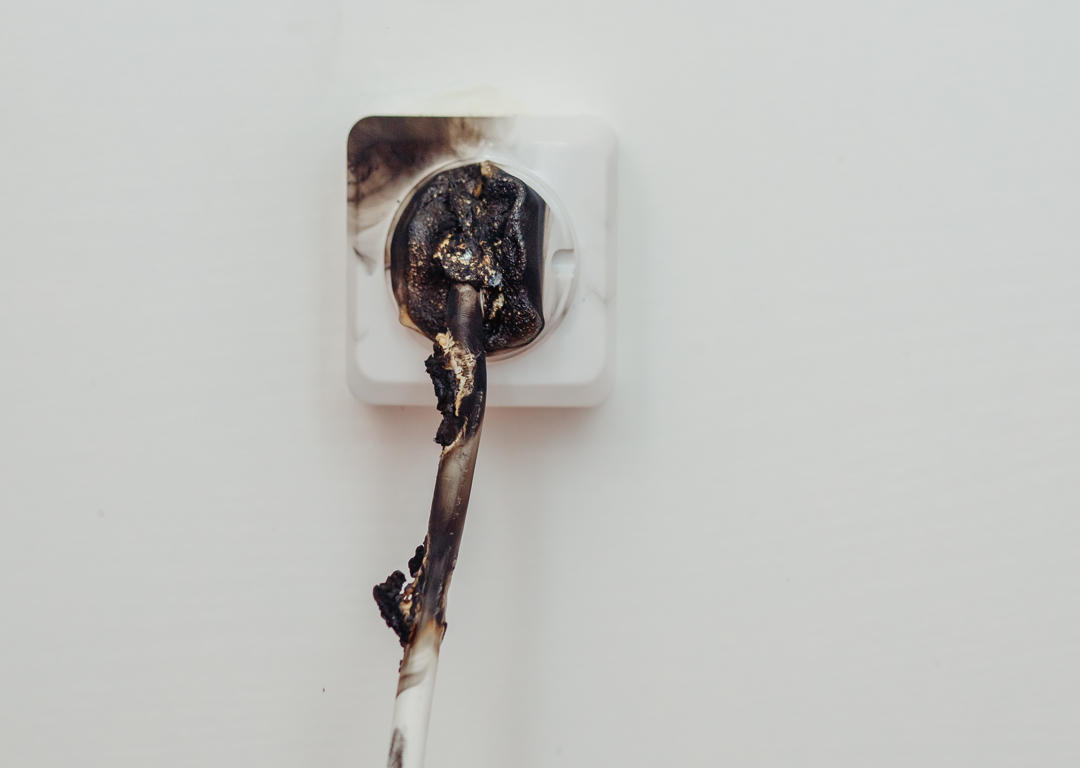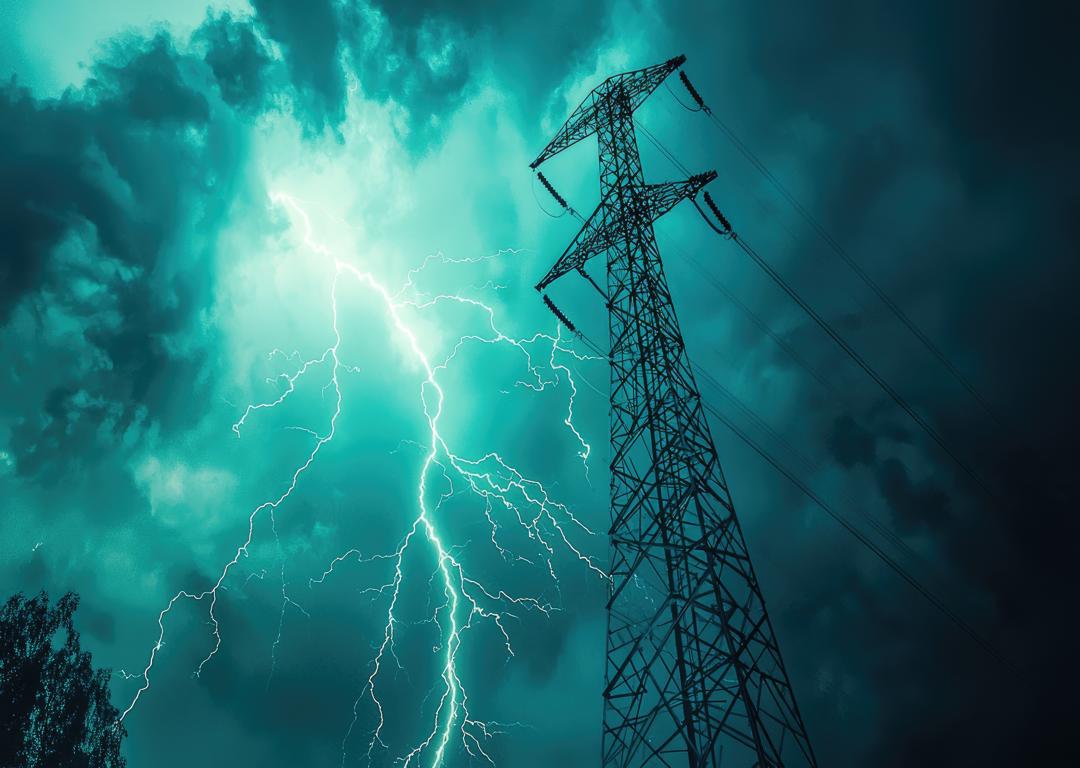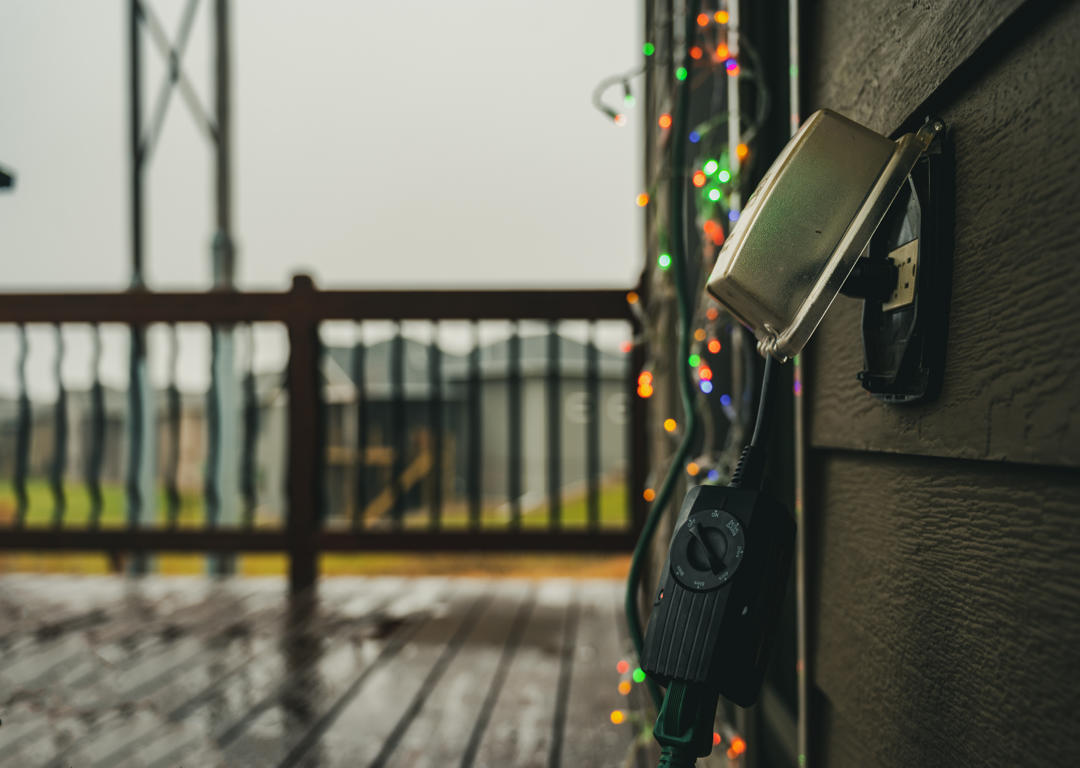
Smoke detectors are essential components of home safety, playing a critical role in early fire detection and prevention. With various types of smoke detectors available, choosing the best one for your home can significantly enhance your fire safety measures. This article explores the different types of smoke detectors, their benefits, and how to choose the best option for your home.
Importance of Smoke Detectors
Smoke detectors are designed to detect smoke particles in the air, providing an early warning of potential fires. This early detection is crucial for ensuring the safety of occupants by allowing more time to evacuate and for emergency services to respond. According to the National Fire Protection Association (NFPA), having working smoke alarms in your home can reduce the risk of dying in a fire by 55%.
Types of Smoke Detectors
There are three primary types of smoke detectors: ionization smoke detectors, photoelectric smoke detectors, and dual-sensor smoke detectors. Each type has its unique advantages and is suited for different fire scenarios.
Ionization Smoke Detectors
Ionization smoke detectors are highly effective at detecting fast-flaming fires. These fires typically produce fewer visible smoke particles but generate a lot of heat quickly.
How They Work: Ionization smoke detectors contain a small amount of radioactive material placed between two electrically charged plates. This setup ionizes the air and creates a current flow between the plates. When smoke enters the chamber, it disrupts the flow of ions, reducing the current and triggering the alarm.
Benefits: Quick detection of fast-flaming fires, generally more affordable than other types, ideal for areas prone to fast-flaming fires, such as kitchens and areas with flammable materials.
Photoelectric Smoke Detectors
Photoelectric smoke detectors are more responsive to smoldering fires, which produce a lot of smoke but less heat. These types of fires can smolder for hours before bursting into flames, making early detection critical.
How They Work: Photoelectric smoke detectors use a light source and a light sensor positioned at an angle inside the sensing chamber. When smoke enters the chamber, it scatters the light, directing it towards the sensor and triggering the alarm.
Benefits: Excellent at detecting slow, smoldering fires, reduced risk of false alarms from cooking smoke or steam, best suited for living rooms, bedrooms, and hallways.
Dual-Sensor Smoke Detectors
Dual-sensor smoke detectors combine both ionization and photoelectric technologies, offering comprehensive protection against both fast-flaming and smoldering fires.
How They Work: Dual-sensor smoke detectors incorporate the mechanisms of both ionization and photoelectric smoke detectors. This dual approach allows them to detect a wider range of fires more quickly and accurately.
Benefits: Provides the highest level of protection by detecting multiple types of fires, reduces the likelihood of false alarms while increasing reliability, is ideal for comprehensive home coverage, suitable for any room in the house.
Additional Features to Consider
When selecting a smoke detector, consider additional features that can enhance safety and convenience.
Interconnected smoke detectors communicate with each other so that when one alarm is triggered, all alarms in the house sound simultaneously. This feature is particularly important in larger homes where a fire in a distant room may not be heard by all occupants. Interconnectivity can be achieved through hardwired connections or wireless technology.
Even hardwired smoke detectors can lose power during an electrical outage. Smoke detectors with battery backup ensure continuous operation even when the power is out. Regularly checking and replacing batteries, or opting for models with long-life lithium batteries, ensures reliability.
Smart smoke detectors can be integrated with home automation systems, providing additional features such as remote alerts, battery status notifications, and integration with other smart home devices. These detectors can send alerts to your smartphone, ensuring you are informed of any potential danger even when you are not at home.
A silence or hush button allows you to temporarily silence the alarm without disabling the smoke detector. This feature is useful for minimizing false alarms, such as those caused by cooking smoke, while ensuring the detector remains operational.
Placement and Installation
Proper placement and installation of smoke detectors are crucial for effective fire detection. The NFPA recommends installing smoke alarms inside every bedroom, outside each sleeping area, and on every level of the home, including the basement.
Install a smoke detector inside each bedroom and outside the sleeping area to ensure that alarms wake sleeping occupants. Place detectors in hallways leading to bedrooms and in living areas for comprehensive coverage. Install detectors in basements and attics, particularly near any heating equipment. Place detectors near stairways to ensure smoke rising through the home triggers an alarm.
Mount smoke detectors on the ceiling or high on walls, as smoke rises. Avoid placing detectors too close to walls or corners, where dead air spaces can prevent smoke from reaching the sensor. Keep smoke detectors at least 10 feet away from cooking appliances to minimize false alarms.
Maintenance and Testing
Regular maintenance and testing of smoke detectors are essential to ensure they function correctly. Follow these tips to maintain your smoke detectors:
Test your smoke detectors monthly by pressing the test button to ensure they are working properly. Replace batteries at least once a year, or as recommended by the manufacturer. Consider using long-life lithium batteries for extended reliability. Clean smoke detectors regularly to remove dust and debris, which can interfere with their operation. Use a vacuum cleaner or a soft brush attachment to gently clean the detector. Replace smoke detectors every 10 years, as sensors can become less effective over time. Check the manufacturing date on the detector to determine its age.
Choosing the best smoke detector for your home is a crucial step in enhancing fire safety and protecting your family. By understanding the different types of smoke detectors and their benefits, you can make an informed decision that ensures comprehensive coverage and early fire detection. Whether you opt for ionization, photoelectric, or dual-sensor detectors, incorporating additional features such as interconnectivity and smart technology can further enhance safety.
For optimal protection, ensure proper placement, installation, and regular maintenance of your smoke detectors. Investing in reliable smoke detection technology provides peace of mind, knowing that your home is equipped to detect fires early and protect your loved ones.






